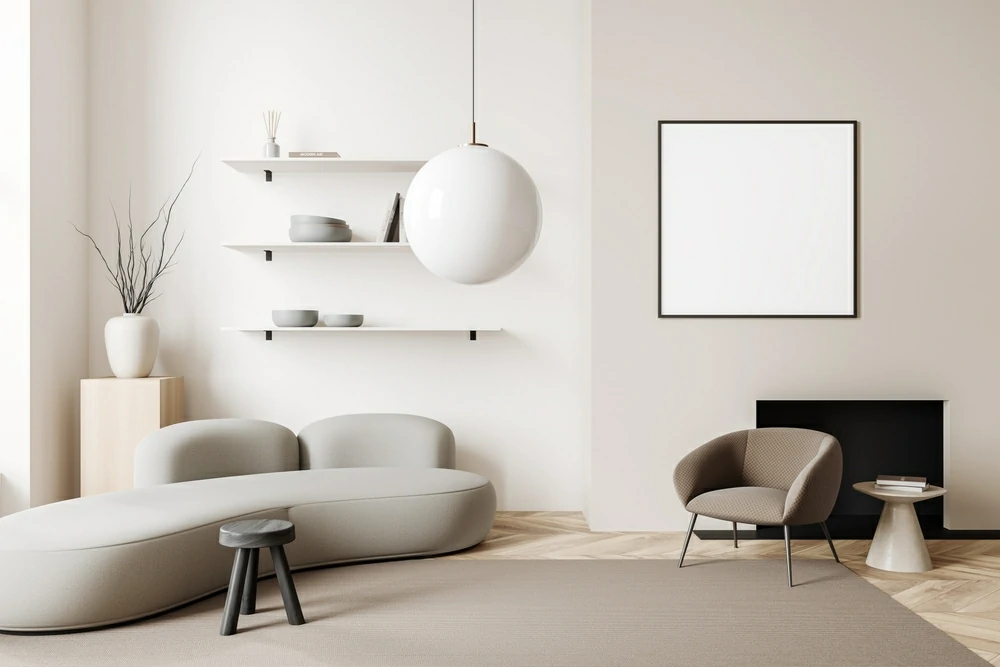Interface design
Facade design is the process of designing the front of a building or structure that interacts with its surrounding environment. Facade design is an important element in architecture, as it represents the facade of the building and is considered as the invitation card for visitors and users.
Many different designs and styles are available for facade design, and these styles vary based on different purposes, architectural designs, and materials used. They include some common designs for traditional, modern, and contemporary façades, which differ in colors, shapes, and materials, and are suitable for different purposes and requirements.
Modern facades are designed based on advanced technology, which includes smart lighting systems, solar panels, insulating glass, natural ventilation, and other modern technologies. These technologies allow the design of modern interfaces characterized by beauty, elegance and efficiency.
Facade design is a multi-level process, as it includes the design of the exterior facade, the design of the interior surfaces, and the design of entrances, outlets, and windows. The external interface is designed in an integrated manner that includes different shapes, colors, patterns and technologies, in order to meet the needs of users and the functional and aesthetic requirements.
In the end, the design of facades is an essential part of the design of buildings and structures, and reflects the vision, creativity and skill in architectural design. The design of the facades requires a careful study of the various requirements and purposes, and reliance on advanced technologies and high-quality materials, which makes the design of the facades a multi-faceted and interesting process in architecture.


